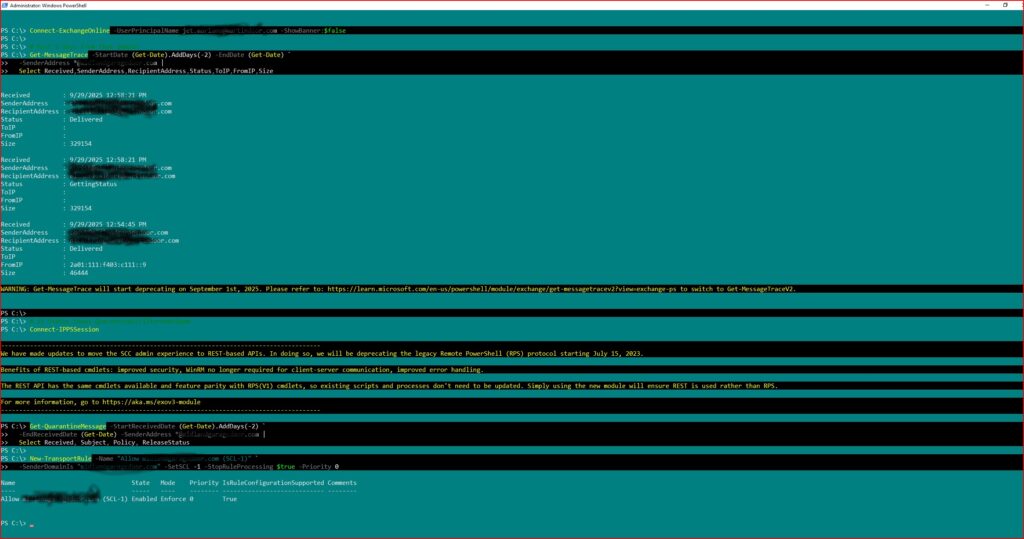(October 22, 2025 — Guideline #18 from Elder Neal A. Maxwell’s “21 Guidelines for Righteous Living”)

Excerpt
“Hopefully, we will do as the Master did and acknowledge that God is still there and never doubt that sublime reality—even though we may wonder and might desire to avoid some of life’s experiences.” — Elder Neal A. Maxwell
Intro
Elder Neal A. Maxwell’s Guideline #18 addresses the fundamental issue of constancy in a world of crisis. We are promised that trials—the stormy and dark moments—will come. The world often responds with fear and panic, but the disciple finds peace in a different reality.
The core instruction is simple and absolute: “Know that the Son of God is always there. His light will never go out, and the cloud cover will pass.”
As an Infrastructure Engineer, I understand the concept of a High Availability (HA) System—a service guaranteed to remain functional without failure, no matter what happens to individual components. The Lord is our perfect, 100% available HA resource. Our faith is the mechanism by which we connect to and draw power from that never-failing light source.
Perspective
The High Availability (HA) System Analogy
Faith in Jesus Christ provides us with a spiritual redundancy and uptime guarantee that no mortal system can match.
| Element | The Network (Mortal Life) | The Spiritual Parallel |
|---|---|---|
| The Primary Server | Our own strength, energy, and will to endure. | Our personal resolve, which can be depleted or “go down.” |
| The Failover System | The backup system that ensures continuous service during a crisis. | Jesus Christ: The perfect, always-on resource. His light will never go out. |
| The Downtime | The “stormy and dark moments of life”—trials, afflictions, Gethsemane-like anguish. | Feelings of being forgotten, forsaken, or unappreciated (as the Savior felt). |
| The Uptime Guarantee | The system is guaranteed to remain functional (100% availability). | The Sublime Reality: God is always there; the cloud cover will pass; the Atonement is total and constantly available. |
Elder Maxwell reminds us that just as the Master acknowledged that God was still there even as He drank the bitter cup, we must never doubt that sublime reality, even if we wish to pray away the pain.
Practice (today, not someday)
To fully utilize this constant source of light, we must practice connecting to the divine HA system daily.
- Acknowledge the Source: In every prayer, I start by explicitly acknowledging God’s constancy and omniscience—that He lives in an “eternal now where the past, present, and future are constantly before Him.” This grounds me in the reality that my current struggle is only a single frame in His perfect, eternal video stream.
- The Enduring Test: I try to view current perplexities and intellectual shortfalls not as system failures, but as a temporary “muddled, mortal middle.” The ability to endure well and remain faithful while the outcome is still uncertain is the true test of my connection to His light.
- Refusal to Be Uncomforted: In moments of deep difficulty, I actively refuse to be uncomforted. I deliberately turn my thoughts toward the promises I have received and the knowledge of Christ’s character, choosing to believe that He is there and that my temporary “downtime” is only a small moment.
Final Reflection
The assurance that His light will never go out is the ultimate security doctrine. We can be vexed by uncertainties in the immediate steps ahead, but we can have clear faith in the ultimate outcomes at the end of the trail.
Our ultimate safety is found in keeping our precious perspective wherever we are and keeping the commandments however we are tested. The Lord knows our individual bearing capacities, and because the Son of God is always there, we have the power to receive help and guidance over adverse things.
What I Hear Now
“Your current crisis has an expiration date. His light does not. Stay connected.”
Link to the Talk
“21 Guidelines for Righteous Living” — Elder Neal A. Maxwell
https://www.youtube.com/watch?v=f4bVYkkNeWE
© 2012–2025 Jet Mariano. All rights reserved.
For usage terms, please see the Legal Disclaimer.
















